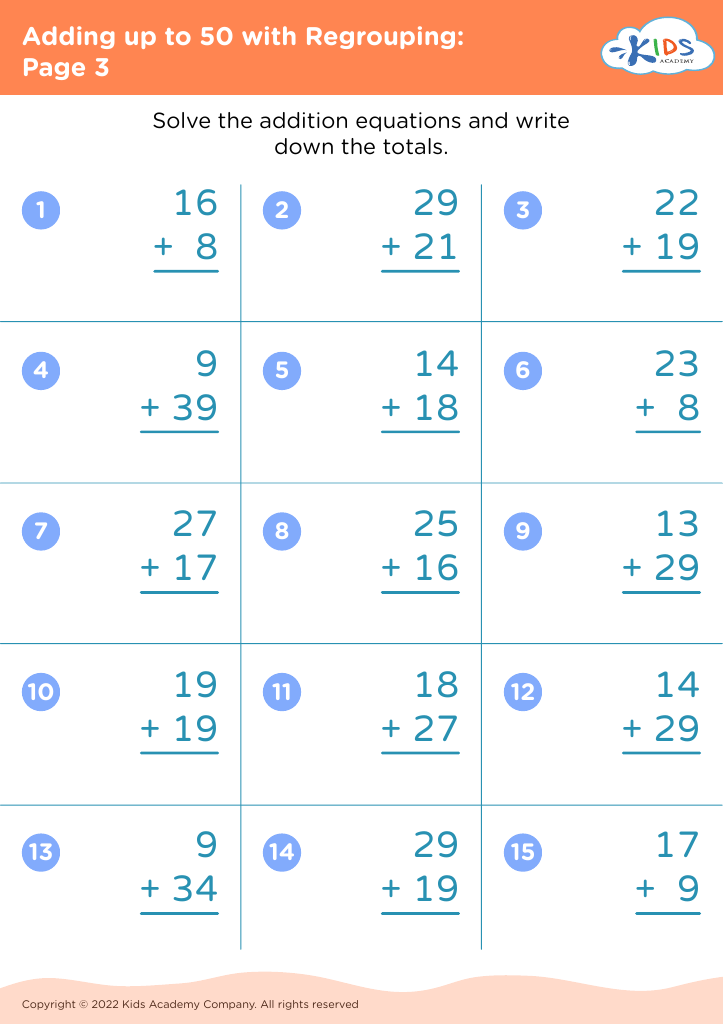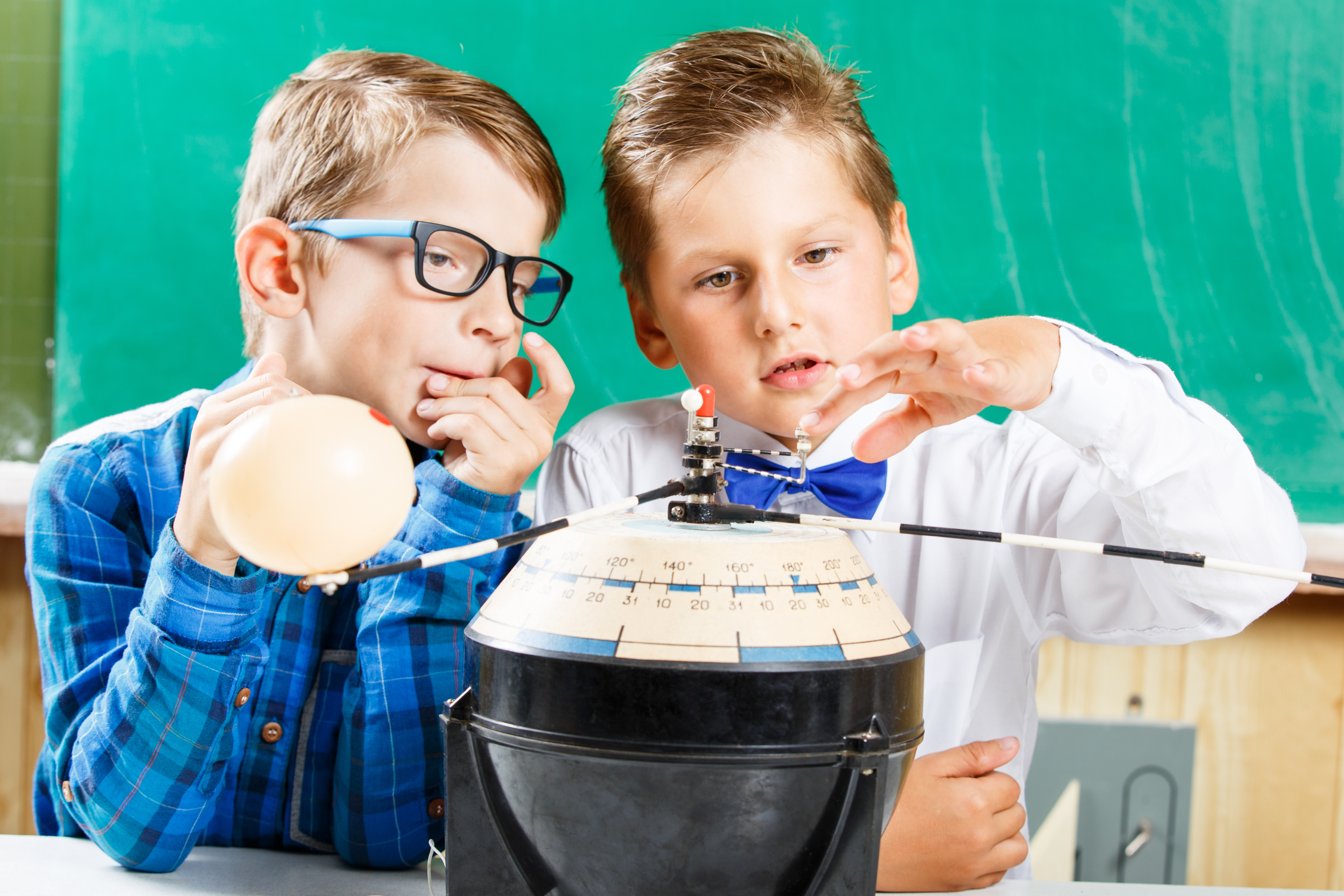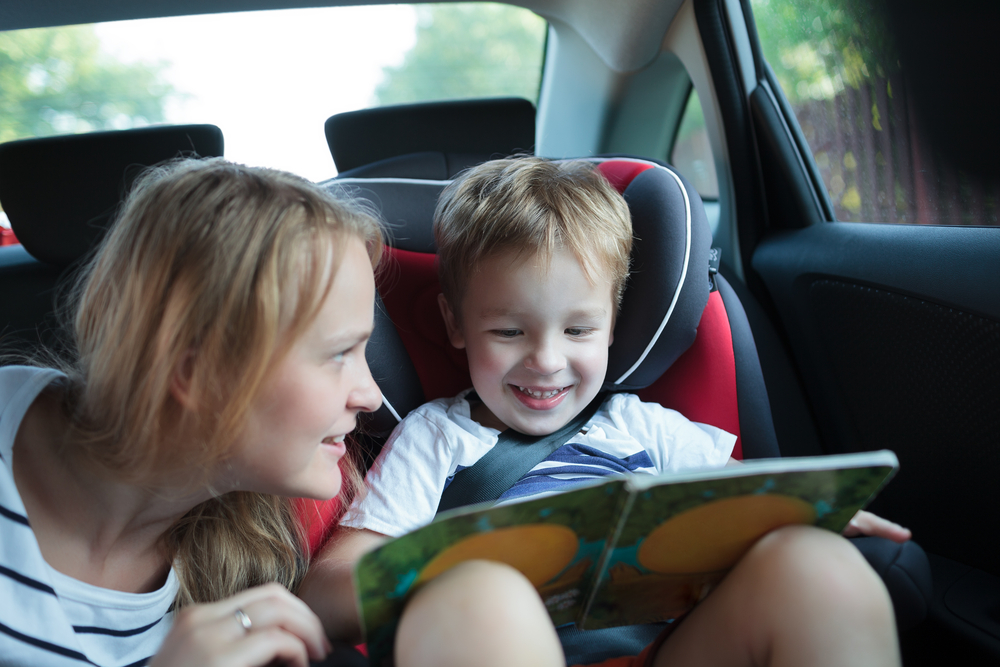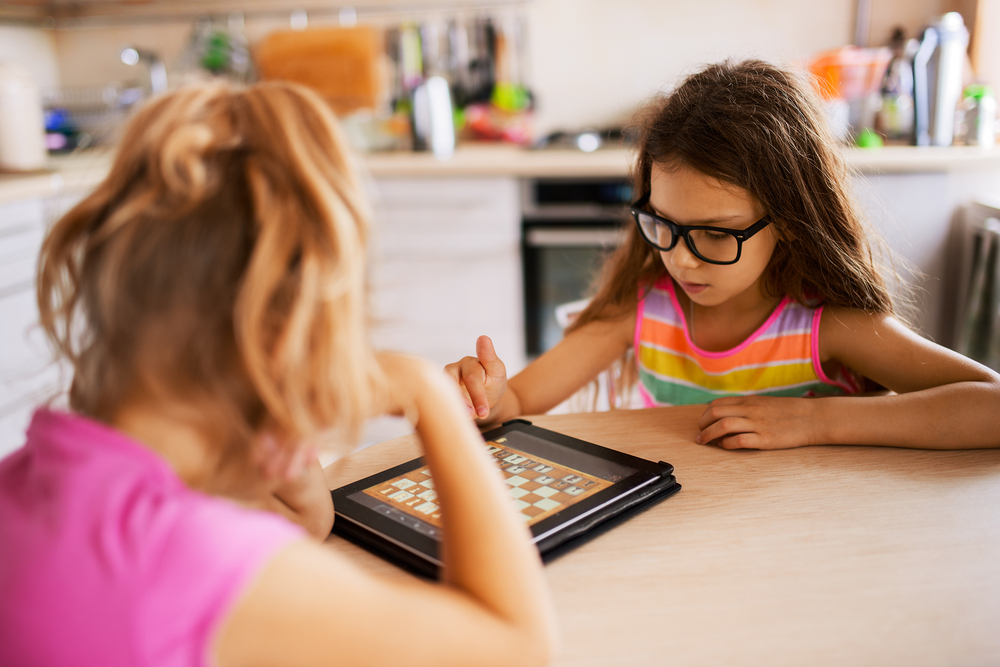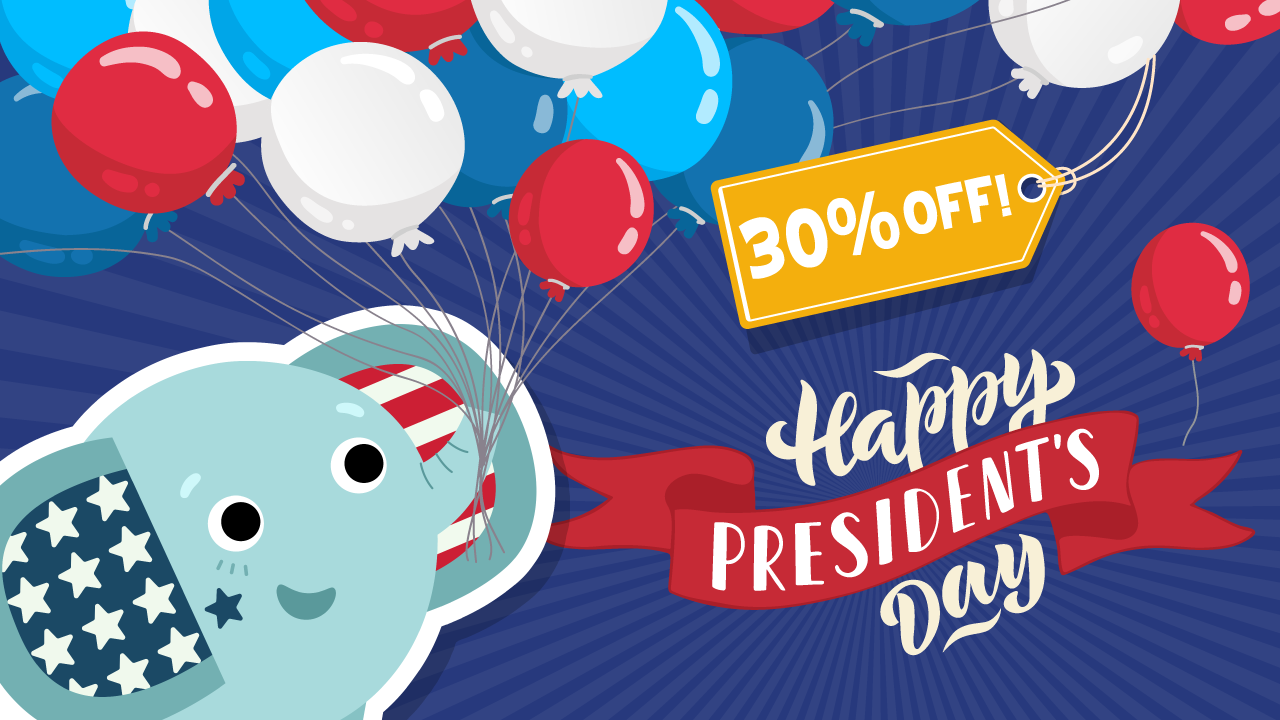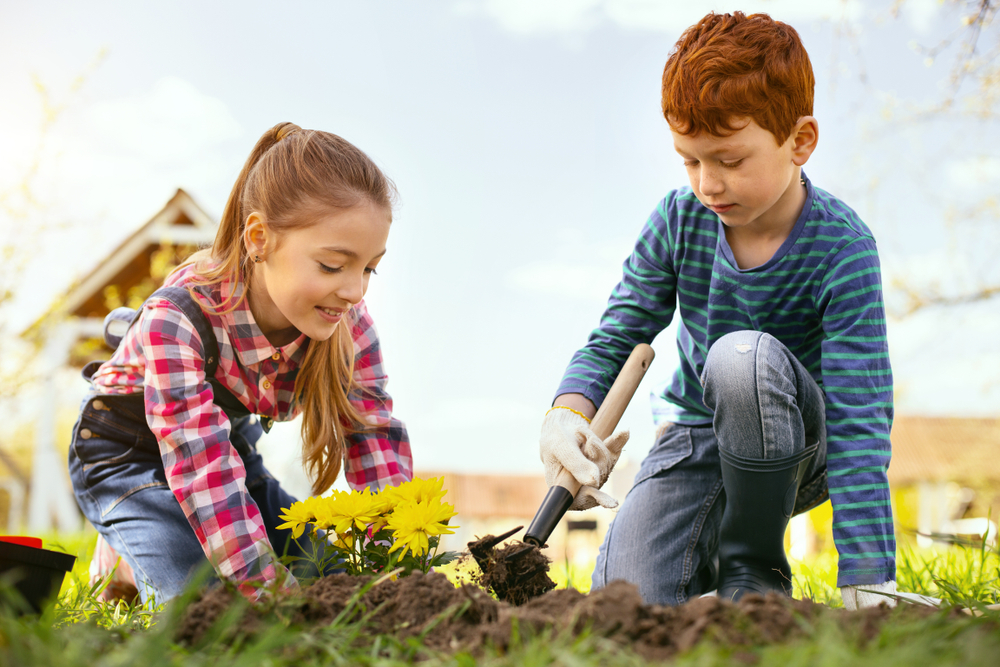Learn measurement Worksheets for Kids
1 filtered results
-
From - To
Question/Answer
What does the Learn measurement skill mean when it comes to Grade 2 Adding up to 50 with Regrouping learning?
The "Learn measurement skill" in the context of Grade 2 Adding up to 50 with Regrouping refers to developing the ability to understand and apply measurements in addition problems within the 50 range, incorporating the concept of regrouping. This skill helps students grasp how to combine different units of measurement accurately while mastering basic addition with larger numbers.
How does the mastery of the Learn measurement skill affect a student's performance at an early age?
The mastery of the Learn measurement skill at an early age positively impacts a student's performance by enhancing their mathematical thinking, improving their ability to solve real-world problems, fostering critical thinking, and building a foundation for understanding more complex mathematical concepts. These skills are crucial for academic success and practical life applications.
How to test a Grade 2 student’s Learn measurement skills?
To test a Grade 2 student's measurement skills, incorporate activities that involve measuring objects using standard units like inches or centimeters, and comparing lengths, weights, and volumes. Use rulers, measuring tapes, and scales for hands-on experience. Include questions that ask them to estimate and then measure to see how close they were, reinforcing practical application and understanding of measurement concepts.
